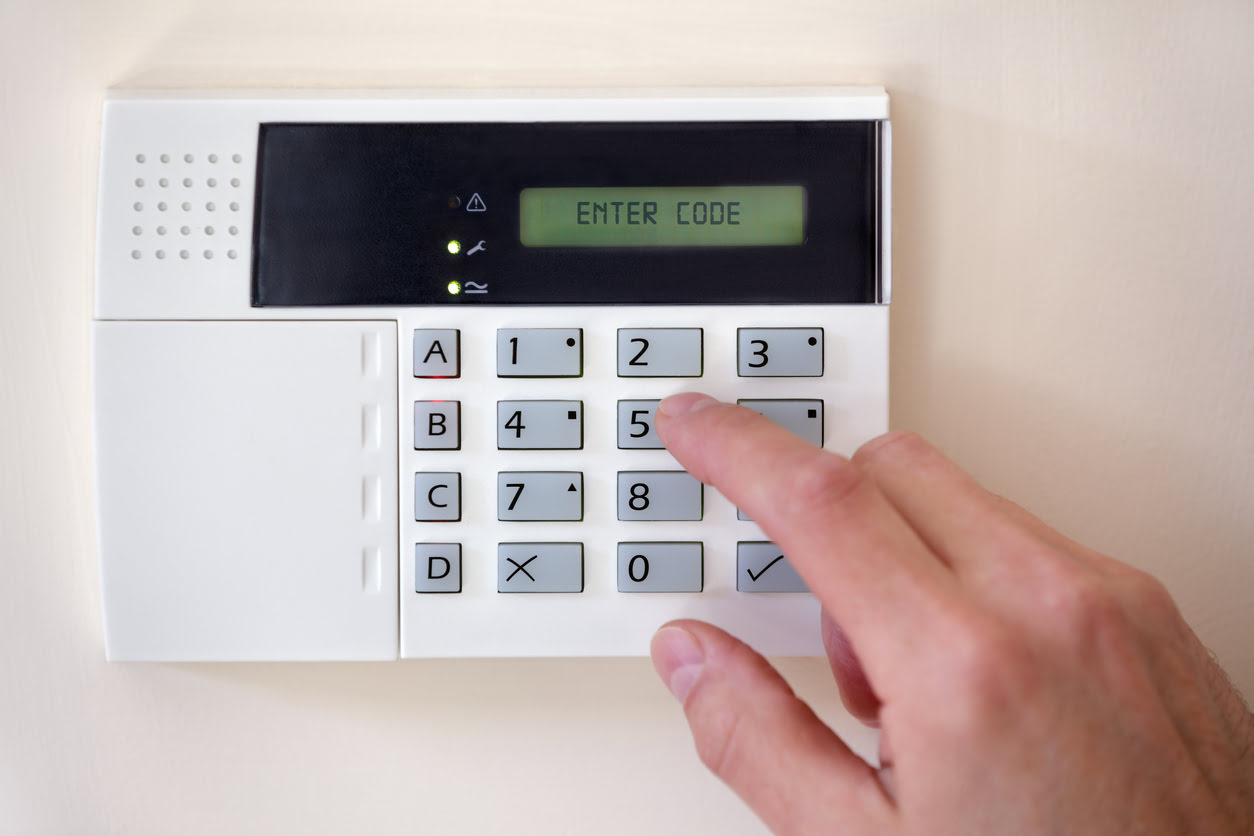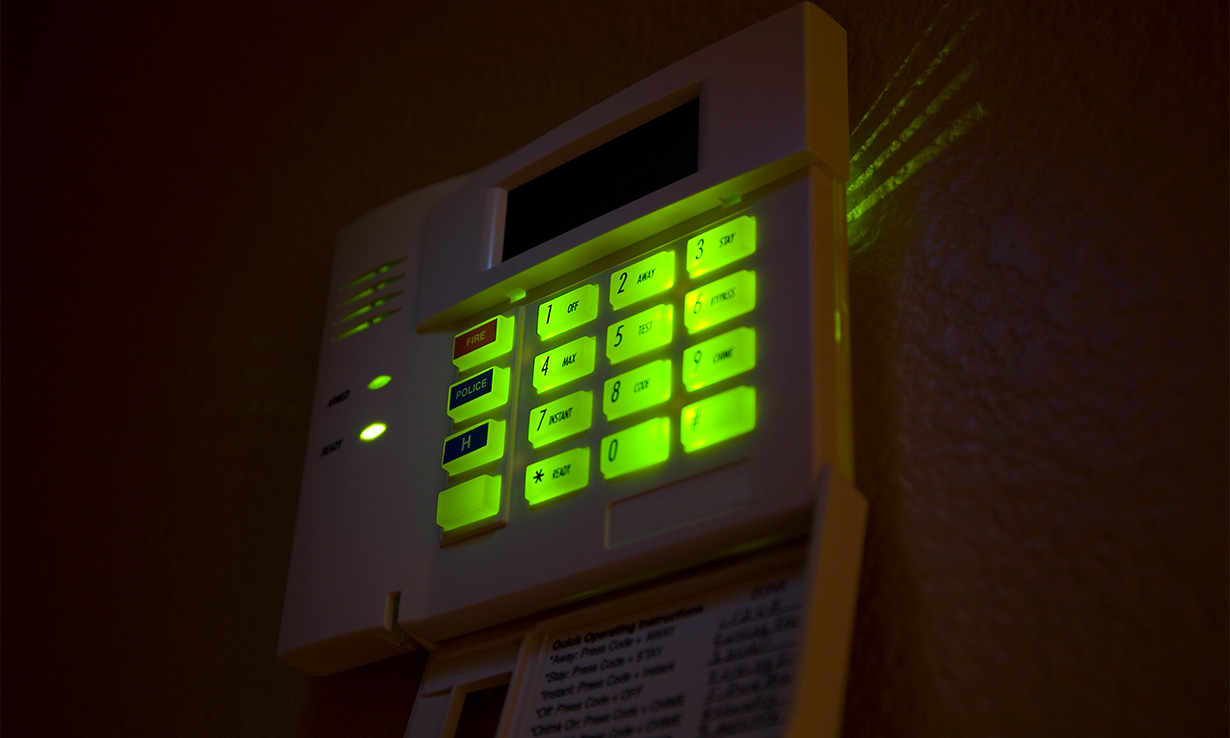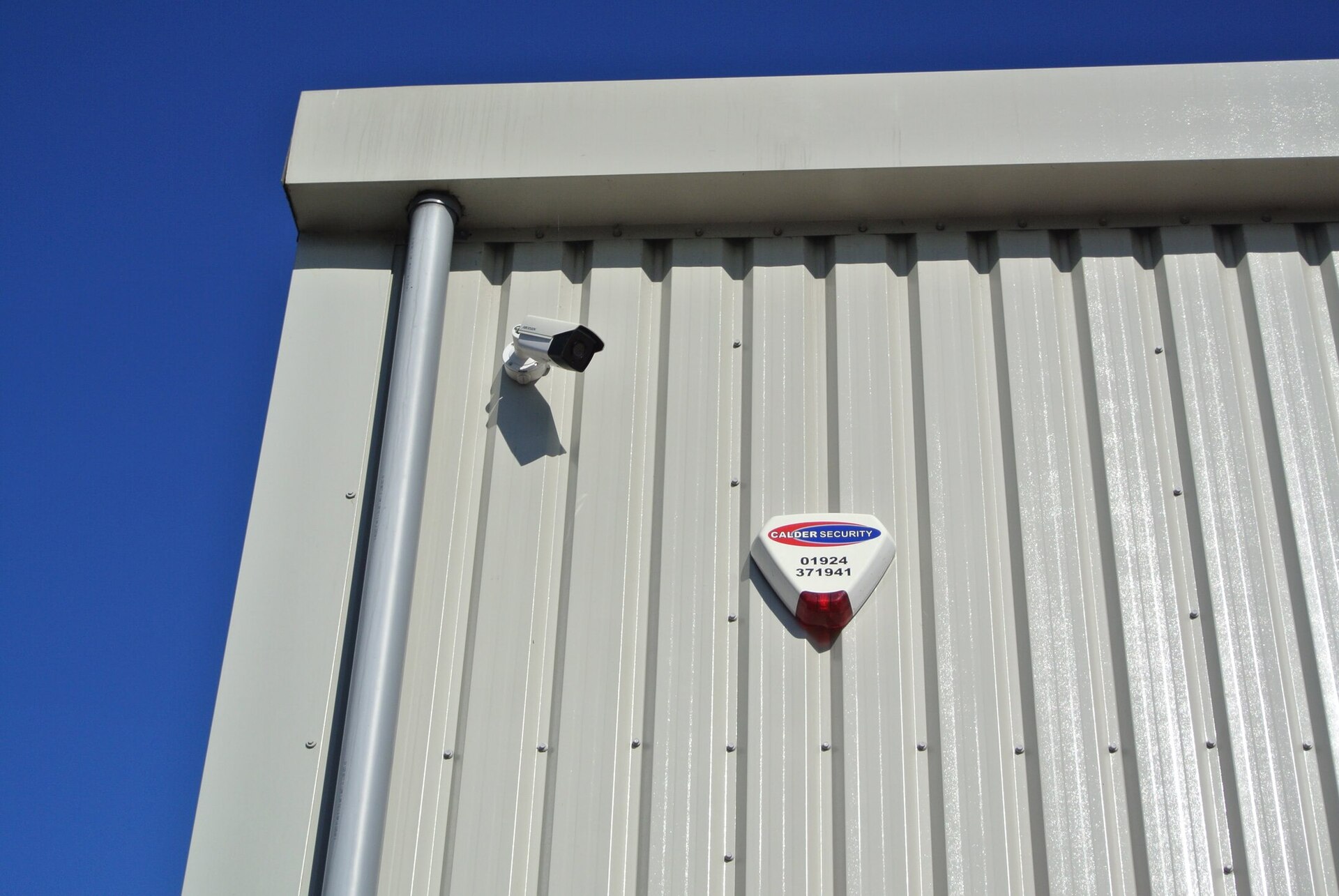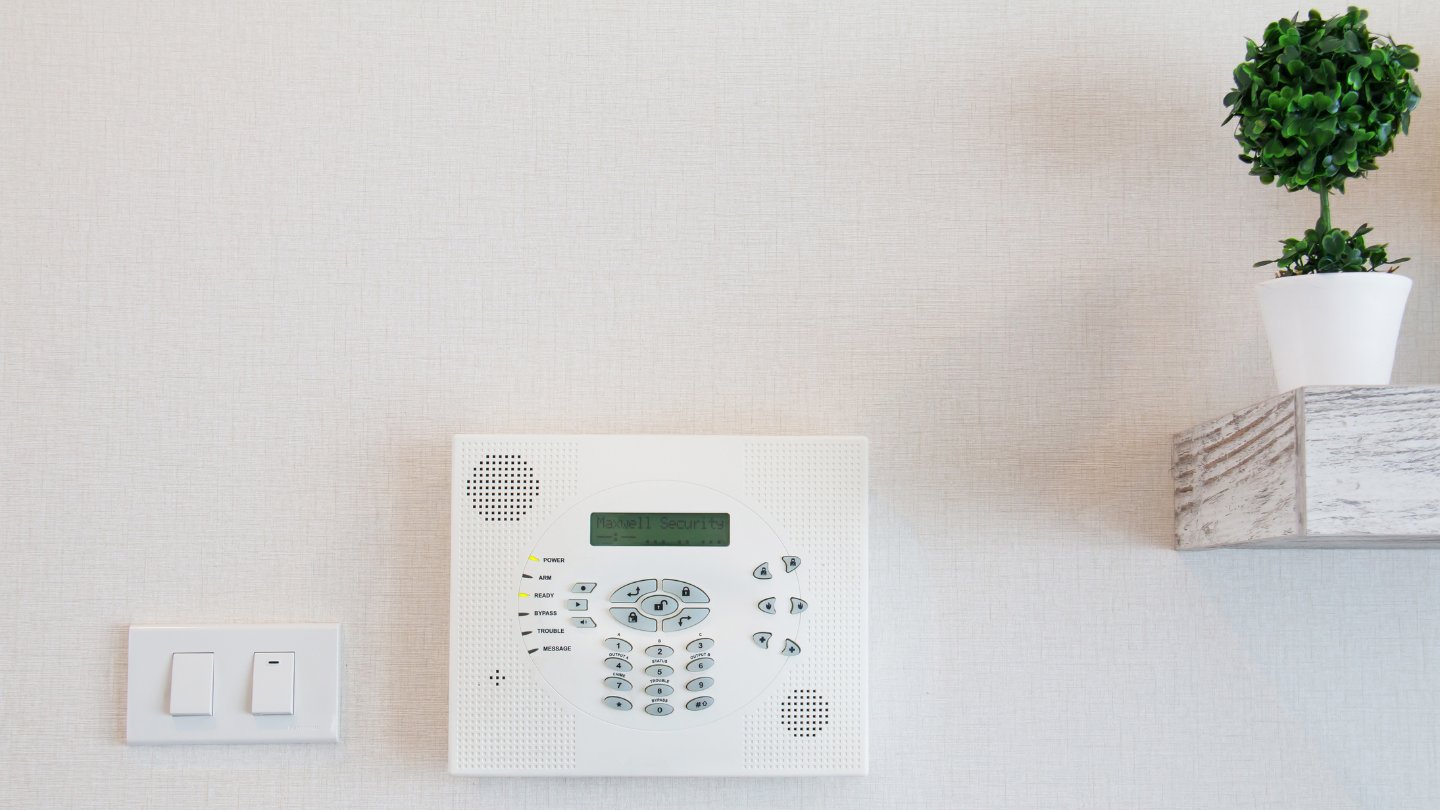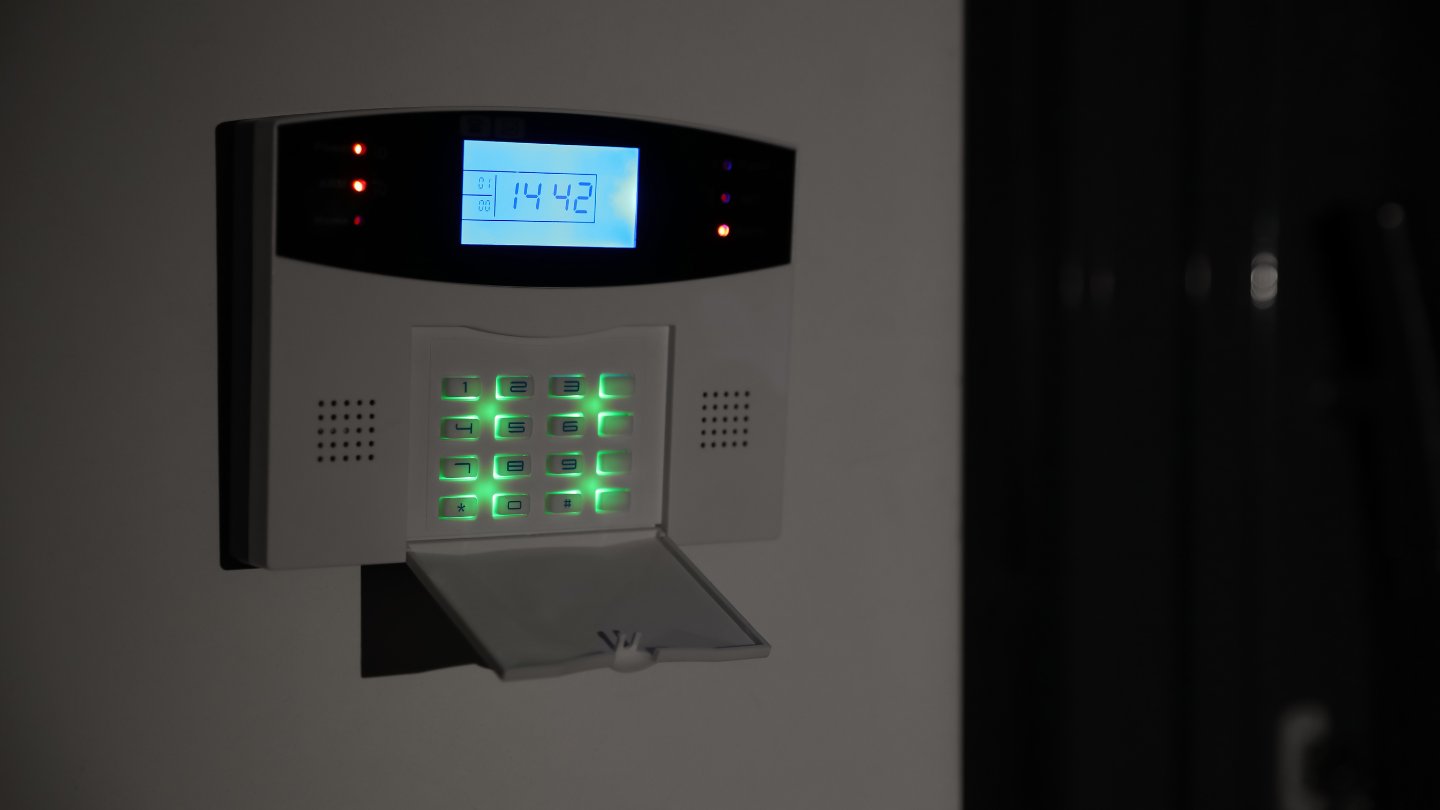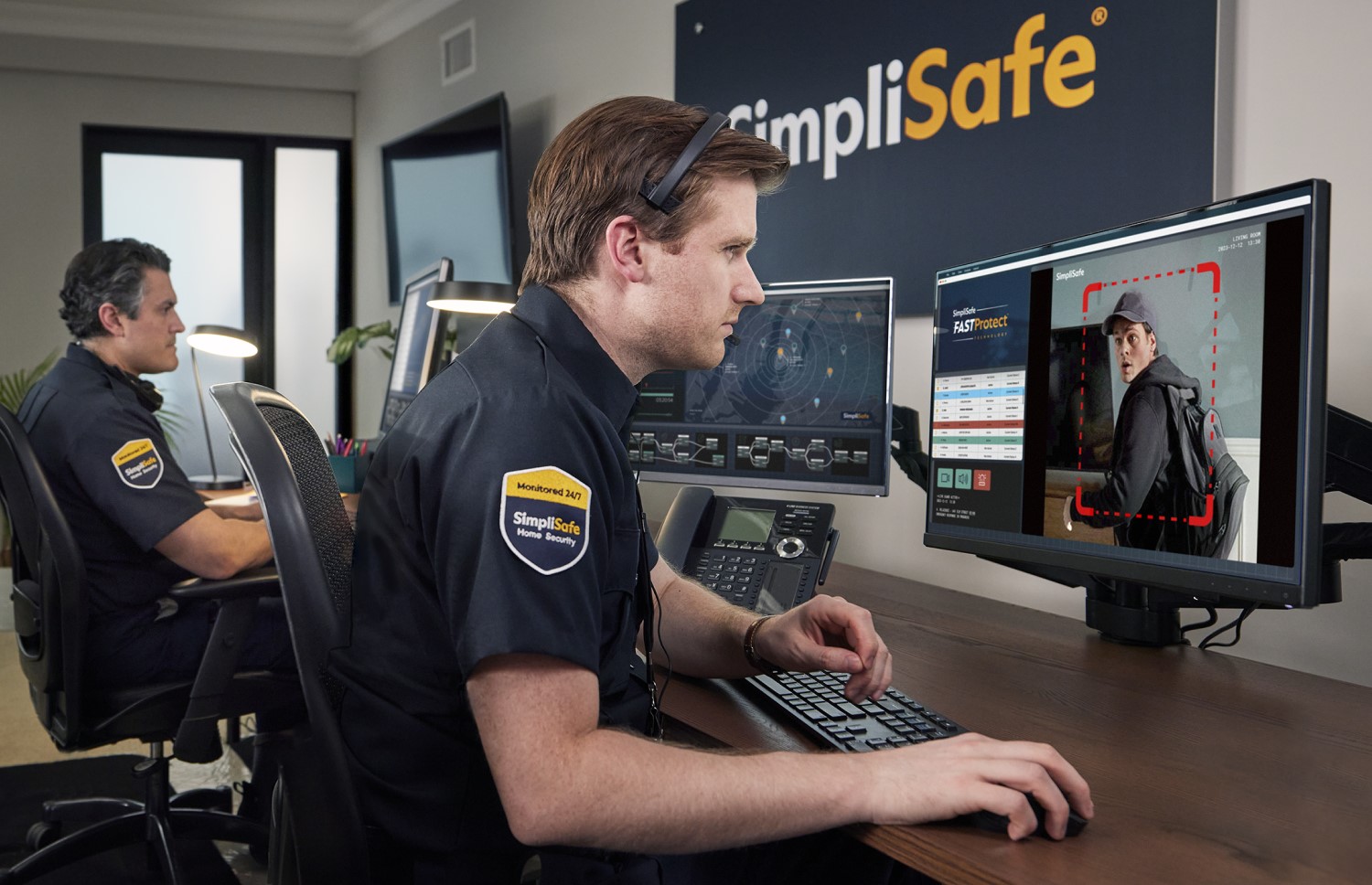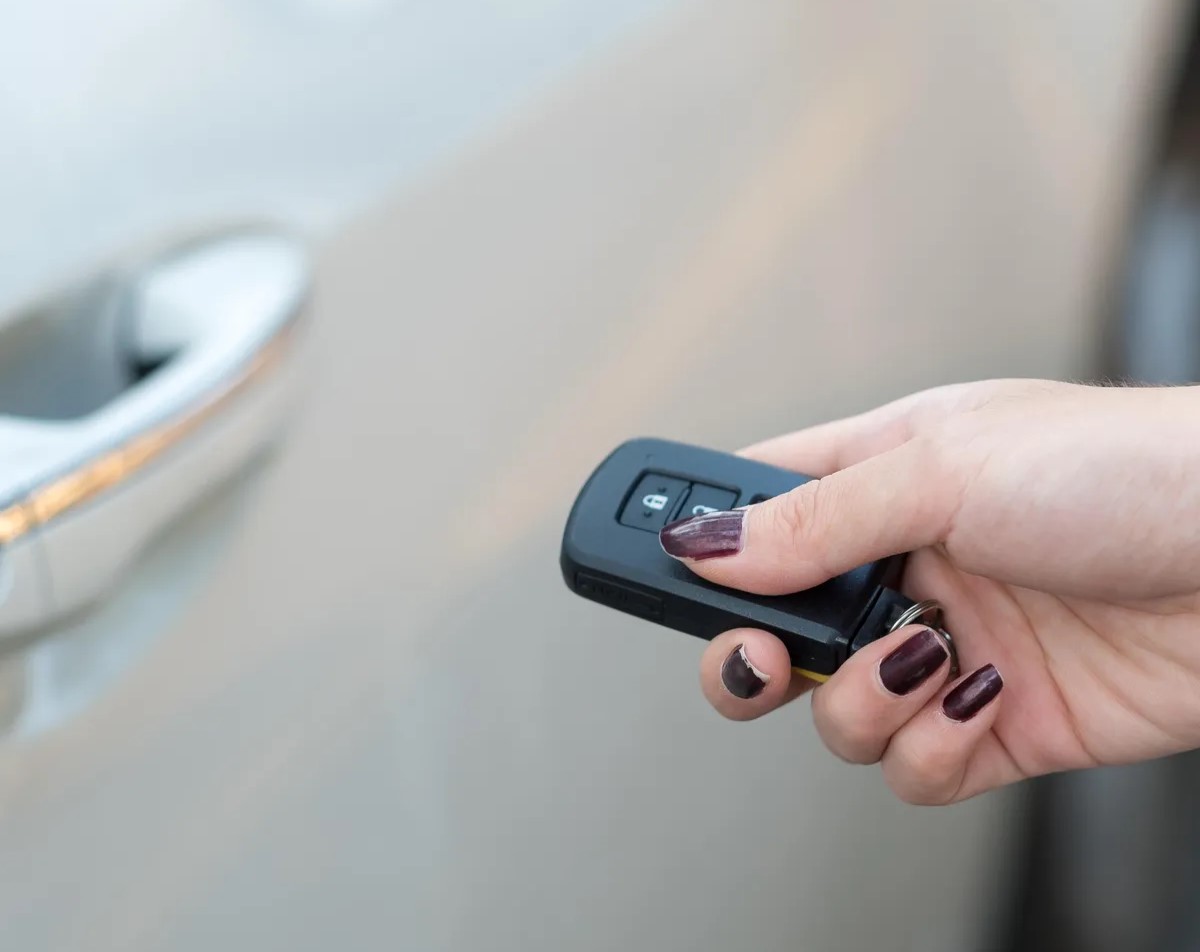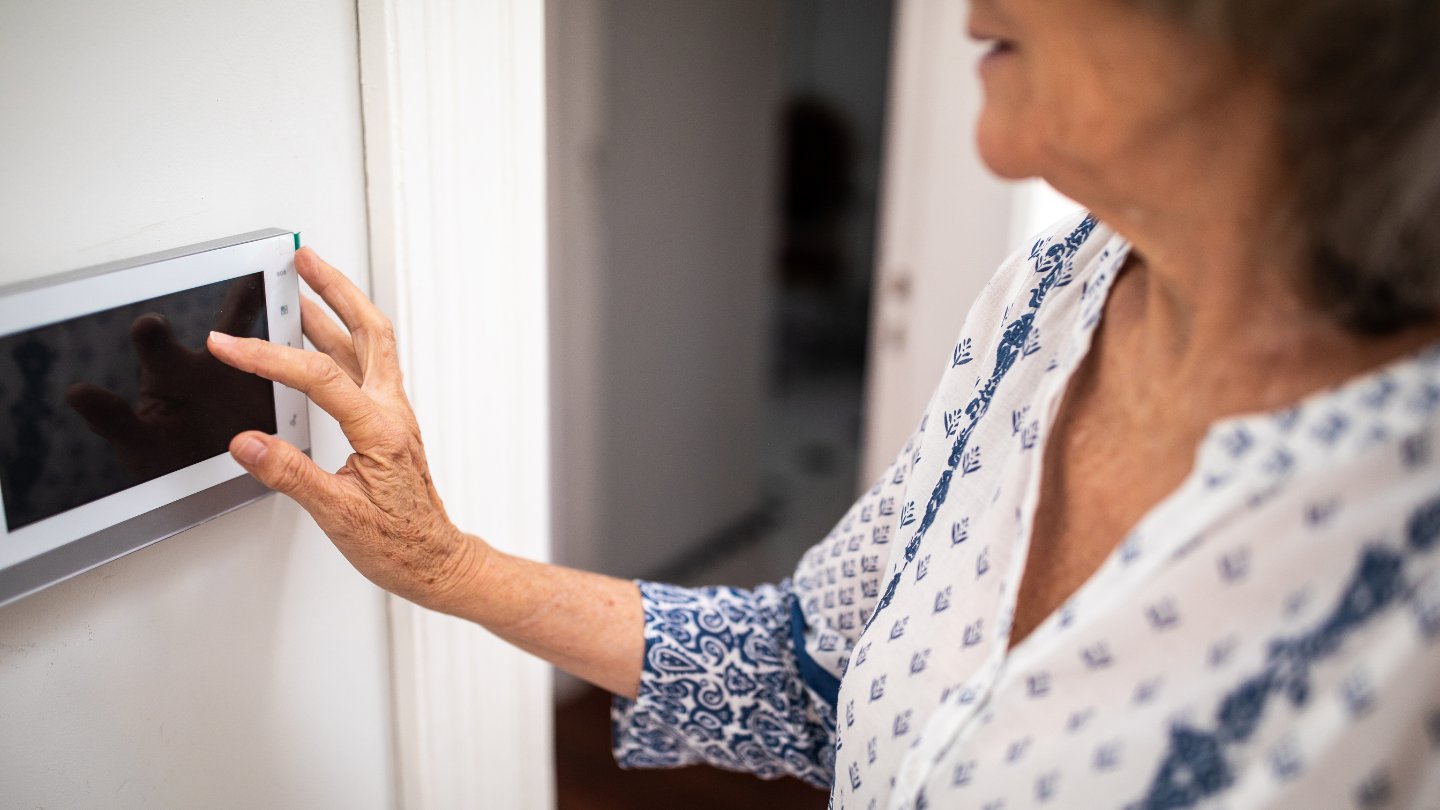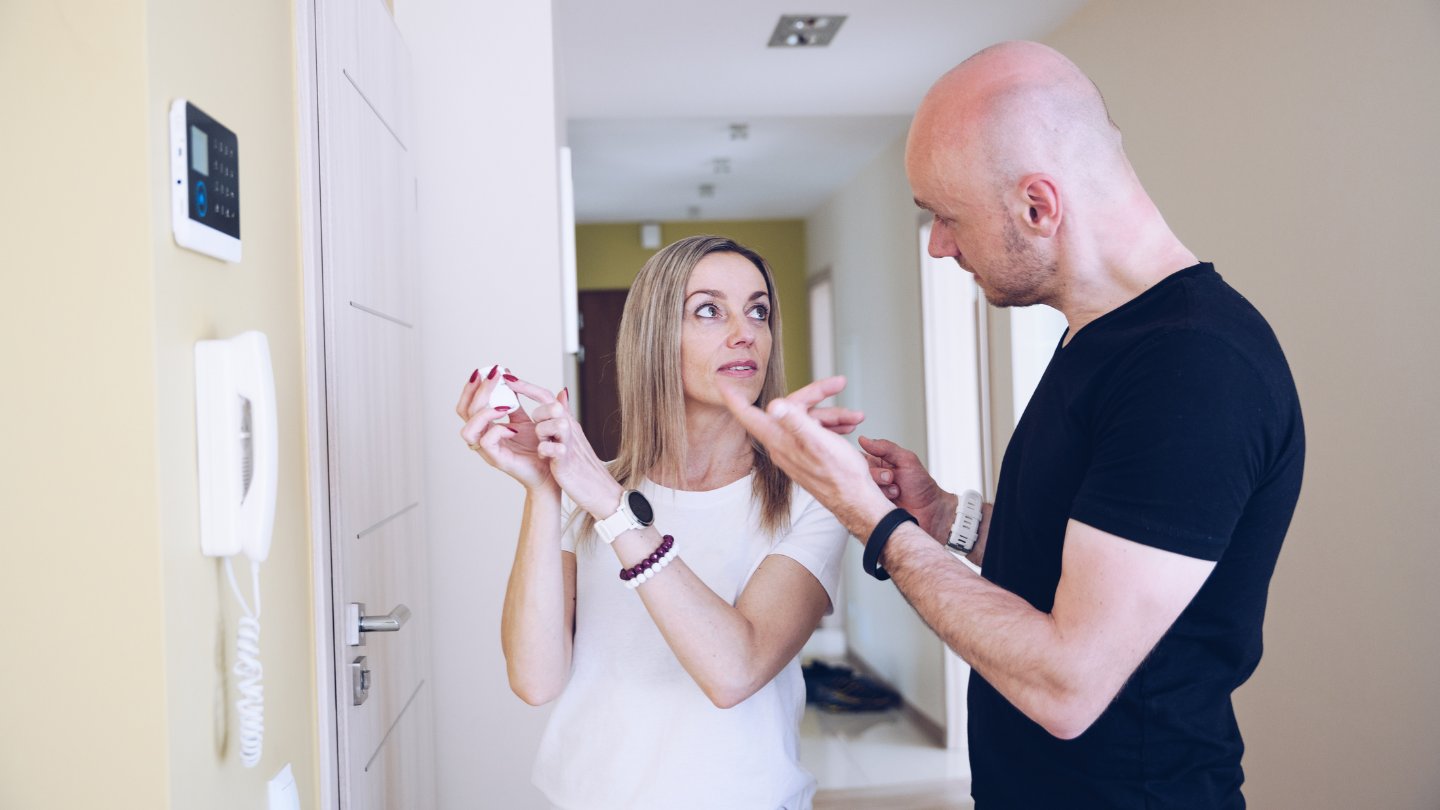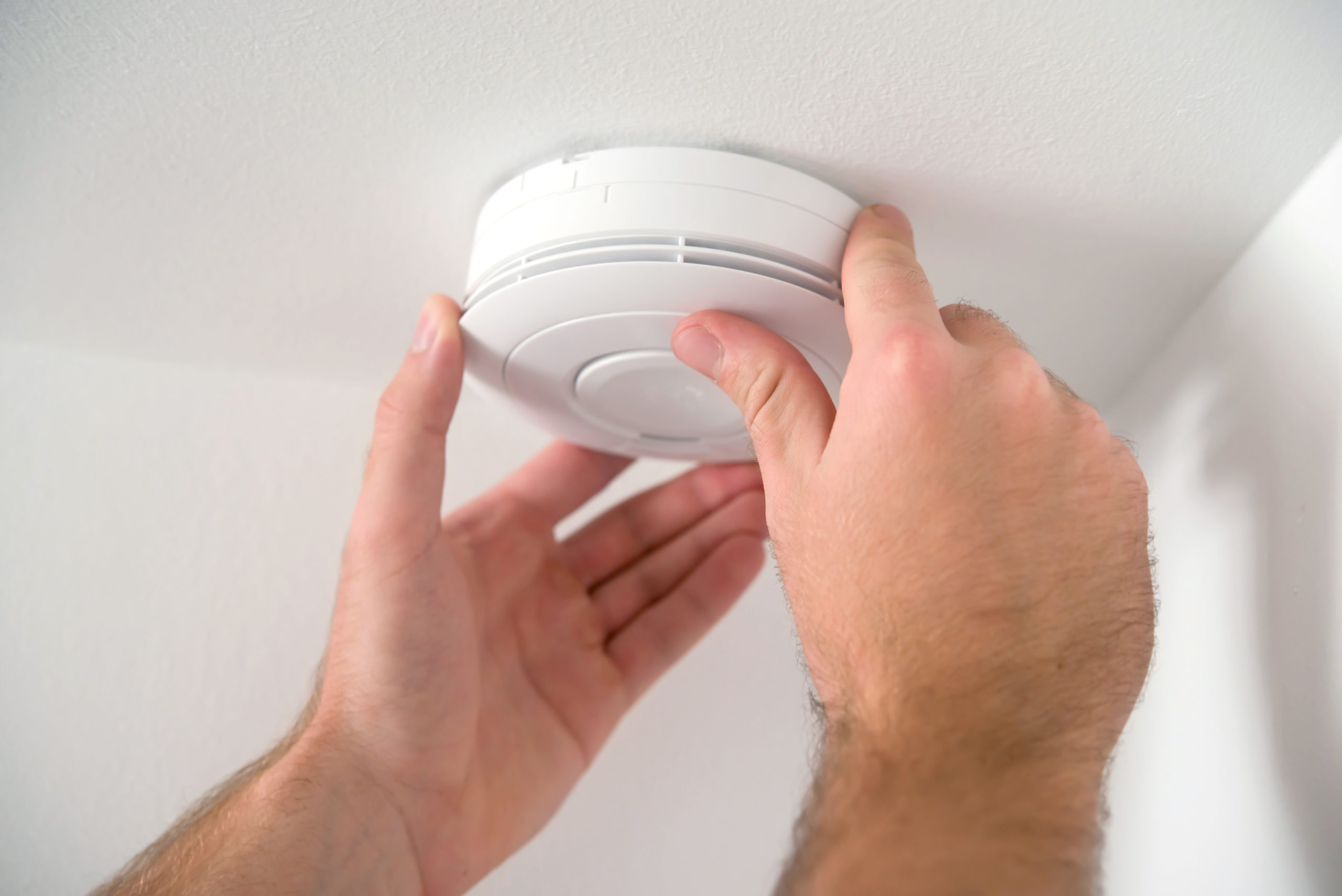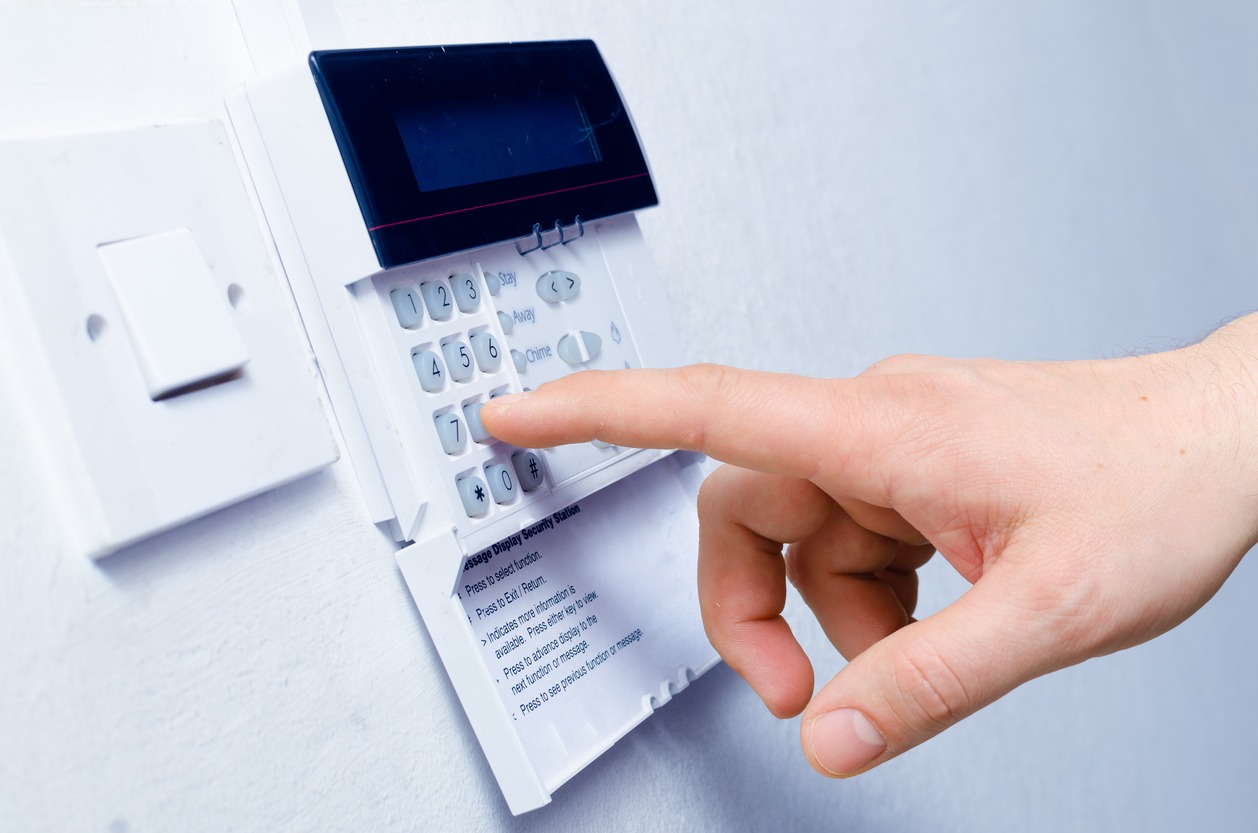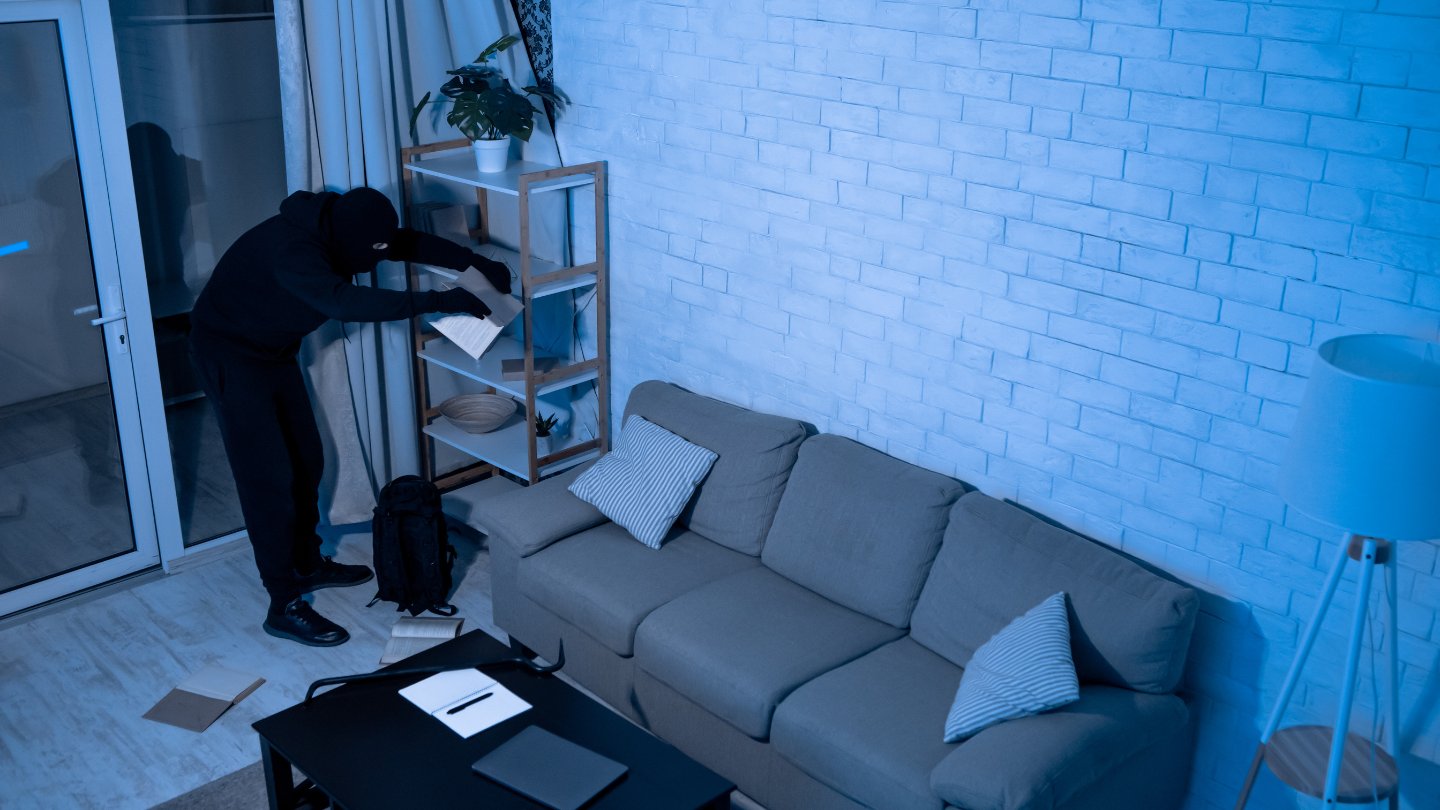Home>Home Security and Surveillance>What To Do If A Burglar Alarm Goes Off
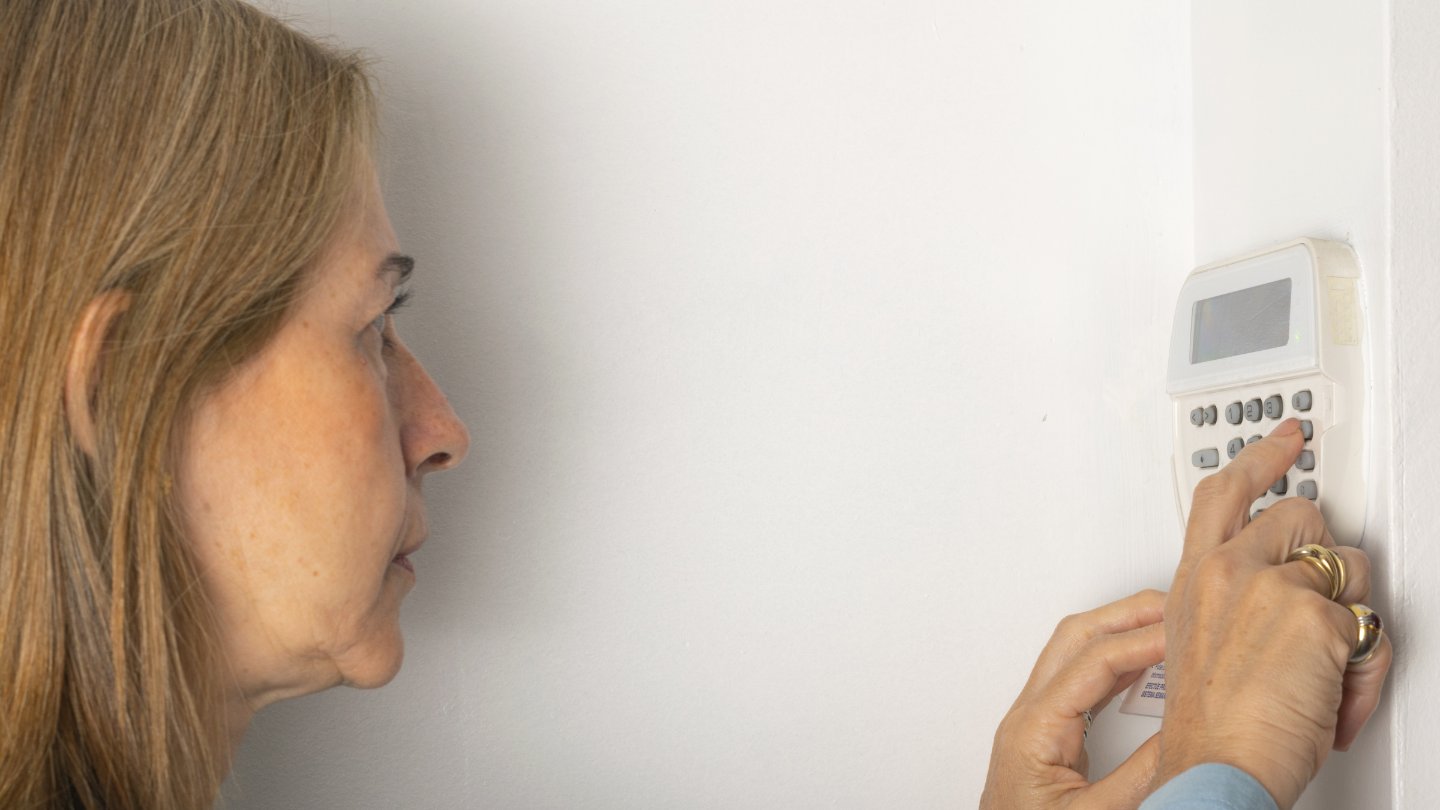

Home Security and Surveillance
What To Do If A Burglar Alarm Goes Off
Modified: March 6, 2024
Discover what you should do if the burglar alarm in your home goes off. Learn how to handle the situation with effective home security and surveillance measures.
(Many of the links in this article redirect to a specific reviewed product. Your purchase of these products through affiliate links helps to generate commission for Storables.com, at no extra cost. Learn more)
Introduction
When it comes to home security, one of the most important factors to consider is having a reliable burglar alarm system in place. However, even with the best security measures in place, there may still be instances where your burglar alarm goes off unexpectedly. In such situations, it’s crucial to stay calm and take the necessary steps to ensure your safety and protect your property.
In this article, we will guide you through what to do if a burglar alarm goes off in your home. By following these steps, you can handle the situation effectively and minimize any potential risks.
So, let’s dive in and learn how to navigate through this stressful situation with calm and composure.
Key Takeaways:
- Stay calm and assess the situation when your burglar alarm goes off. Determine if it’s a false alarm or a genuine emergency before taking further action. Contact your alarm monitoring company and notify the authorities if needed.
- After a burglar alarm activation, secure yourself and your family, then inspect your property for signs of a break-in. Take necessary actions such as contacting your insurance company, scheduling a security assessment, and updating your security measures to enhance home security.
Step 1: Stay Calm and Assess the Situation
When you hear your burglar alarm go off, it’s natural to feel a sense of panic or fear. However, the first and most important step is to stay calm and avoid any impulsive actions. Panicking can cloud your judgment and hinder your ability to make rational decisions.
Take a moment to assess the situation. Is there any immediate danger to yourself or your family members? Is there any suspicious activity or signs of a break-in? Try to gather as much information as possible before taking any further action.
If you have a security system with remote access, use your surveillance cameras or mobile app to check the live feed and see if you can identify any potential threats. This information can be valuable when you communicate with the authorities or the alarm monitoring company.
Remember, your primary concern should be your safety. If you believe that there is an imminent threat, evacuate your home and seek a safe place nearby while waiting for assistance. If possible, make sure all family members are accounted for and move to a predetermined safe location.
In the next step, we will discuss how to determine if the alarm is a false alarm or an actual emergency.
Step 2: Determine if It’s a False Alarm
Once you have calmed down and assessed the situation, it’s time to determine whether the burglar alarm is a false alarm or a genuine emergency. False alarms can be triggered by various factors, such as faulty equipment, pets, or accidental activation. By identifying a false alarm, you can avoid unnecessary panic and potential charges for false alarm responses.
Start by checking the alarm control panel or keypad for any error messages or indicators. These messages can provide insights into the cause of the alarm activation. Additionally, look for any visual or audible signs of a break-in, such as broken windows or forced entry points.
If possible, try to verify the alarm activity by checking the perimeter of your property. Look for any signs of unusual activity, such as open doors or windows, tampering with locks, or suspicious individuals in the vicinity.
Consider any environmental factors that could trigger the alarm system. For example, strong winds or severe weather conditions can cause false alarms by setting off motion sensors or door/window sensors. Similarly, household activities like cooking or showering may trigger smoke or heat detectors.
If everything appears to be normal and there are no signs of a security breach, it’s likely that the alarm was triggered falsely. However, if you have any doubts or if the situation seems suspicious, it’s better to err on the side of caution and treat it as a potential emergency.
In the next step, we will discuss how to contact the alarm monitoring company to report the alarm activity and seek assistance.
Step 3: Contact the Alarm Monitoring Company
Once you have determined that the burglar alarm activation is not a false alarm, it’s crucial to contact your alarm monitoring company immediately. The alarm monitoring company is responsible for receiving and responding to alarm signals from your security system.
Refer to the contact information provided by your alarm monitoring company and call their emergency hotline to report the situation. Provide them with your account information, including your name, address, and any passcodes or identification codes they may require.
When speaking to the operator, clearly explain that your burglar alarm has been triggered and that you believe it is a genuine emergency. Provide any additional information that may be relevant, such as suspicious activities observed or signs of a break-in.
The alarm monitoring company will proceed by verifying the alarm event with you. They may ask you to confirm your identity or provide specific details about your security system. This is done to ensure that they are dealing with the rightful homeowner and not an unauthorized individual.
Based on the information you provide and their protocols, the alarm monitoring company will assess the situation and take appropriate action. This may involve contacting the authorities, such as the police department, and/or dispatching a security guard to your property.
It’s important to follow any instructions provided by the alarm monitoring company. They are trained to handle these situations and will guide you through the necessary steps to address the emergency effectively.
Once you have contacted the alarm monitoring company, you can move on to the next step, which is notifying the authorities.
Step 4: Notify the Authorities
When you have confirmed that the burglar alarm activation is a genuine emergency, it’s vital to notify the authorities promptly. Contact your local police department’s non-emergency number to report the situation and provide them with the necessary details.
When speaking to the police, remain calm and provide accurate information about the alarm activation and any suspicious activities or signs of a break-in that you have observed. They will likely ask for your name, address, and contact information, as well as a description of any individuals or vehicles involved.
It’s important to note that different jurisdictions may have varying protocols for responding to alarm calls. Some may prioritize emergency situations, while others may have specific procedures in place for alarm activations. Cooperate fully with the instructions provided by the authorities to ensure a swift and appropriate response from law enforcement.
When the authorities arrive at your property, be prepared to provide any additional information or access that they may require. Assist them in their investigation and allow them to conduct a thorough inspection of your home to gather evidence, if necessary.
Remember, your safety is of utmost importance. If, at any point, you feel unsafe or believe there is an immediate threat, do not hesitate to inform the authorities. They are trained to handle these situations and will prioritize your well-being.
After notifying the authorities, proceed to the next step, which is to ensure your personal safety and that of your family members.
If a burglar alarm goes off, stay calm and call the police immediately. Do not enter the premises until the police arrive and secure the area.
Step 5: Secure Yourself and Your Family
During a burglary alarm activation, your primary concern should be the safety and well-being of yourself and your family members. While waiting for authorities to arrive, take steps to secure yourself and ensure everyone’s safety.
If you haven’t already done so, gather your family members in a safe location within your home. This could be a designated safe room, such as a bedroom with a lockable door, or any area that provides a barrier between you and potential intruders.
If possible, close and lock any interior doors that lead to the area you’re in. This can help create an additional layer of protection and buy you more time until help arrives.
If you have a home security system that allows for two-way communication with a monitoring center, use this opportunity to communicate with the operators. Inform them of your current location and any additional information that may be useful for the authorities.
Keep your phone readily accessible in case you need to contact the authorities or emergency services again. Ensure that it is fully charged and that you have a clear signal.
Stay as quiet as possible and avoid drawing attention to yourself. Keep any noise, such as talking or music, to a minimum. If you have small children, reassure them and instruct them to remain calm and quiet.
Avoid confronting intruders yourself unless absolutely necessary for self-defense. Your priority should be to protect yourself and your family by staying hidden and waiting for help to arrive.
By securing yourself and your family, you can minimize the risk of harm and ensure that everyone remains safe during this challenging situation. In the next step, we will discuss what to do after the incident to further safeguard your home and prevent future break-ins.
Step 6: Inspect Your Property for Any Signs of Break-In
After the immediate threat has been addressed and you and your family are in a safe location, it’s important to inspect your property for any signs of a break-in. Conducting a thorough examination can help you gather evidence, document any damages, and provide valuable information to the authorities.
Begin by carefully surveying the exterior of your home. Look for any visible signs of forced entry, such as broken windows, damaged doors, or pry marks on locks. Take photographs or videos of any evidence you find, as these can serve as valuable documentation for insurance claims and police investigations.
Next, move on to the interior of your home. Check each room for any signs of disturbance or tampering. Look for open drawers or cabinets, displaced items, or any missing valuables. Take note of any unusual smells, such as smoke or unfamiliar odors, as these may indicate additional safety concerns.
If you have a security system with surveillance cameras, review the recorded footage to identify any suspicious individuals or activities. Pay attention to the timestamps and compare them to the time of the alarm activation to establish a timeline of events.
During the inspection, avoid touching or moving anything that could potentially disturb any evidence. It’s essential to preserve the crime scene as much as possible for the authorities to conduct a proper investigation.
If you do find evidence of a break-in or theft, refrain from confronting the intruders or attempting to retrieve stolen items yourself. Contact the authorities and provide them with the information you have gathered during your inspection.
Once you have completed the inspection, you can proceed to the final step, which involves taking necessary actions after the incident to further secure your home and prevent future break-ins.
Step 7: Take Necessary Actions After the Incident
After experiencing a burglar alarm activation and ensuring the safety of yourself and your family, it’s crucial to take necessary actions to address the incident and enhance the security of your home going forward.
First and foremost, contact your insurance company to report the incident and initiate the claims process if necessary. Provide them with all the relevant information, including any damages, stolen items, and documentation of the break-in.
Consider scheduling a professional security assessment of your home. A security expert can evaluate your current security measures and make recommendations on how to improve them. This may include enhancing door and window locks, installing security cameras and motion sensors, or adding security gates or window bars.
Change all the locks on your doors and windows to ensure that you maintain control over access to your home. This is especially important if there was evidence of forced entry or if you have any concerns about the integrity of your locks.
Update your alarm system or security protocols, if necessary. This could involve reviewing your alarm contact list, updating passcodes, or adding additional security features to your system.
Consider joining a neighborhood watch program or establishing one if it doesn’t exist in your area. Collaborating with your neighbors and being vigilant about suspicious activities can significantly deter potential burglars.
Inform your neighbors about the incident and encourage them to report any unusual activity they may observe. Creating a strong sense of community awareness can greatly contribute to overall safety and security.
Review your home’s landscaping and make any necessary changes to increase visibility and eliminate potential hiding spots for intruders. Trim overgrown shrubs or trees near doors and windows and ensure that exterior lighting is in good working condition.
Educate yourself and your family members on proper home security practices. This includes regular use of your burglar alarm system, ensuring all doors and windows are locked, and being cautious about sharing sensitive information online or with strangers.
Lastly, prioritize regular maintenance and testing of your security system. Ensure that all components are in working order, replace batteries as needed, and familiarize yourself with the user manual for any troubleshooting or programming requirements.
By taking these necessary actions after the incident, you can fortify your home’s security and reduce the risk of future break-ins. Remember to stay vigilant and proactive in maintaining a safe environment for you and your loved ones.
Conclusion
Experiencing a burglar alarm activation can be a frightening and stressful situation. However, by following the steps outlined in this article, you can effectively handle the situation and prioritize your safety and the security of your home.
It’s crucial to stay calm and assess the situation when your burglar alarm goes off. Determine if it’s a false alarm or a genuine emergency before taking any further action. Contact your alarm monitoring company to report the alarm activity and provide them with accurate information.
Notify the authorities immediately if it is confirmed to be a real emergency. Secure yourself and your family in a safe location and cooperate with the authorities when they arrive.
Inspect your property for any signs of a break-in, documenting any damages or missing items. Take necessary actions such as contacting your insurance company, scheduling a security assessment, and updating your security measures.
By taking these steps, you can address the incident effectively and strengthen the security of your home going forward. Remember to stay vigilant, educate yourself and your family on home security practices, and maintain regular maintenance of your security system.
Ultimately, the goal is to create a safe and secure environment for you and your loved ones. By being prepared and proactive, you can minimize the risks and enjoy peace of mind knowing that you have taken steps to protect your home and ensure your safety.
Frequently Asked Questions about What To Do If A Burglar Alarm Goes Off
Was this page helpful?
At Storables.com, we guarantee accurate and reliable information. Our content, validated by Expert Board Contributors, is crafted following stringent Editorial Policies. We're committed to providing you with well-researched, expert-backed insights for all your informational needs.
